Scame Charging cable E-Mobility
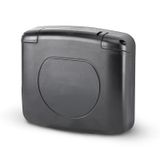
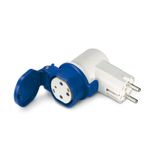
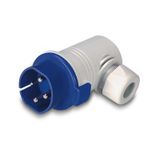

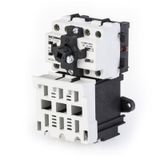
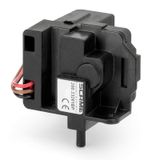
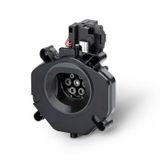

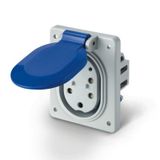
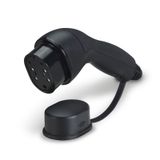

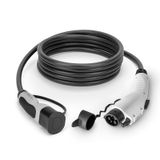


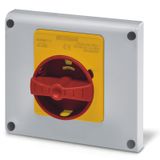
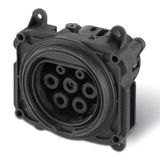
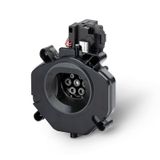
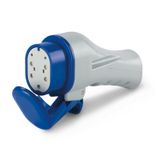
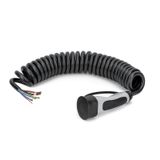
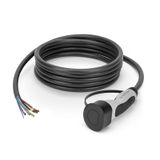

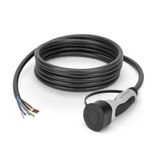
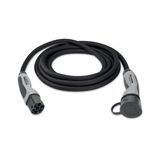
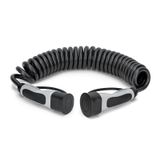
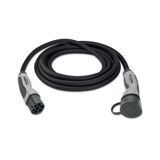
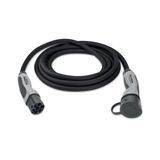
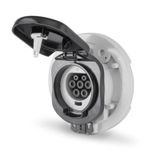
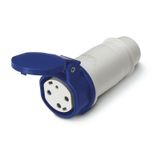
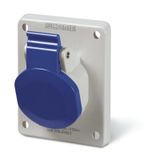

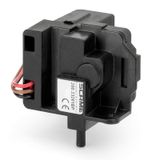
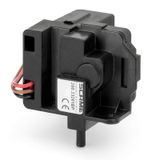
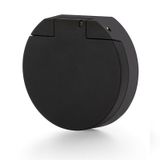


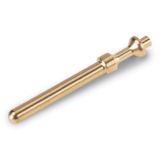

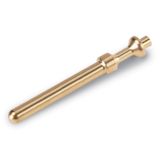
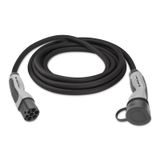
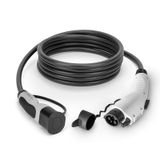
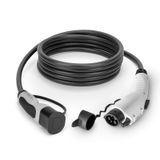

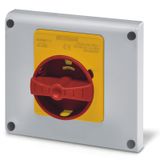

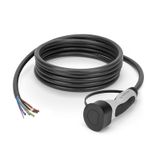
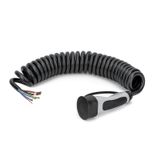
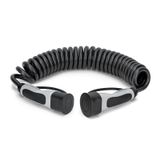
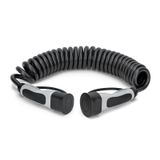

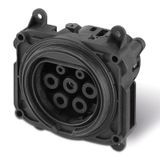
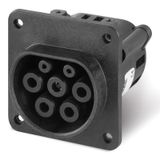
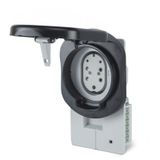


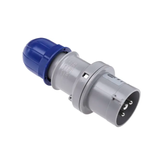
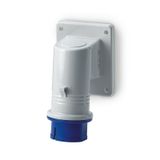
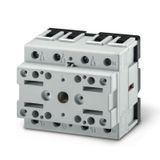
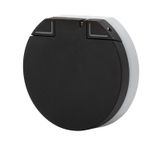

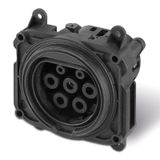
-
-
1
- 2
-
scame charging cable e mobility portfolio for Mode 3 AC and fleet use
Teams pick this line when leads must survive daily coil–deploy cycles, keep pilot signalling stable, and stay flexible in winter. Power classes cover 1-phase 16/32 A and 3-phase 16/32 A (230/400 V, 50 Hz) with cable sets sized accordingly. TPE/TPU jackets remain supple at −30…+50 °C, UV-resistant for outdoor bays, and oil-tolerant for workshop floors. Connectors are keyed to IEC/EN 62196-2 (Type 2) with IP54/IP55 when capped/mated and 10,000+ mating cycles on the latch gear.
scame ev charging cables conductor sets and duty classes
For 3.7–7.4 kW, sets typically use 3G2.5 mm² + 2×0.5 mm² (CP/PP). For 11 kW, 5G2.5 mm² + 2×0.5 mm²; for 22 kW, 5G6.0 mm² + 2×0.5 mm² to hold voltage drop and thermal rise inside IEC tables on 8–10 m runs. Jackets are round for neat reels; tapered overmoulds clear cable guards on wallboxes. Phase identification is printed along the sheath to speed continuity checks.
scame type 2 charging wires terminations, signalling, and handling
Vehicle-end heads use silver-plated contacts with low insertion force; station-end plugs are strain-relieved with multi-rib boots and anti-twist cores. Control Pilot (CP) and Proximity (PP) resistors are factory-calibrated so the EVSE reads the correct 16/32 A current window. Anti-ice lips and drain paths prevent cap freeze-on in winter. Crews report smoother reel-in when leads are spec’d at 7.5 m for nose-in parking and 5 m for perpendicular bays.
Technical specifications and standards engineers expect
Electrical: 230/400 V AC; 16/32 A continuous; insulation ≥ 0.75 kV test; leakage current compliant with IEC 61851-1 control limits.
Cable design: per EN 50620 / IEC 62893 for EV supply cables; fine-stranded copper, Class 5; dielectric XLPE or EPR; outer TPE/TPU.
Connectors: IEC/EN 62196-1/-2 Type 2; contact temperature rise within class at rated current; latch withstand tested for vandal-prone bays.
Ingress/impact: IP54 (uncoupled with cap), IP55 (mated); IK08 housings typical.
Safety: RCD scheme coordinated with the charger (Type A + 6 mA DC detection or Type B as specified); SPDs to EN 61643-11 at the board or inside the pedestal.
Thermal: cable surface ≤ 60–70 °C at full load in 35 °C ambient; de-rate beyond 40 °C or in direct sun on dark asphalt.
Applications and compatibility across sites
Apartments and hotels standardise 7.4–11 kW sets for overnight dwell; offices and retail use 22 kW for workday turns. Logistics yards favour bright bezels and crush-resistant overmoulds for trolley areas. Leads mate cleanly with Scame wallboxes, pedestals, and interlocked outlets on maintenance spurs. Where mixed EVSE vendors coexist, the same geometry keeps test gear and holsters uniform.
Integration with Scame distribution and enclosures
Gland threads, plate cut-outs, and torque windows mirror Scame distribution boards and modular protection, so upstream breakers, RCBOs, and SPDs sit on the familiar 18 mm pitch. Cable routes share Scame trays/strut with separators between ELV and power. Holsters, caps, and parking docks match the fixing grid used on wiring devices, keeping spares lean. For BOM clarity, list couplers and holsters under scame ev charging connectors and keep reels/holsters on the same line as the assigned bay.
Selection criteria for B2B buyers
Current and length: choose 16 A for small fleets and long leads; 32 A for 11/22 kW—cap length to hold voltage drop < 3 %.
Jacket and climate: TPU for abrasion and cold; TPE where softer handling is preferred; always confirm −30…+50 °C if outdoor.
Connector build: insist on silver-plated pins, stainless latch springs, and replaceable caps; check IP rating when stowed.
Operational detail: colour code by power class; QR-label each cable for issue/return; specify holsters at every bay to stop ground damage.
Compliance pack: include EN 50620/IEC 62893 declarations, dielectric test sheets, and a CP/PP resistor table with part numbers for maintenance.
When power density climbs: scame high current cable for ev
For 63 A AC or compact DC assist on short whips, use larger copper sections, high-TG insulation, and reinforced strain relief. Where liquid-cooled DC is in scope, park those under the DC charger package—keep AC and DC leads distinct in the schedule to avoid mix-ups on site.
Accessories that save shifts and spares control
Holsters, parking docks, dust caps, label windows, and anti-kink guards reduce cable attrition and trip risks around bays. Test adapters and CP/PP simulators speed commissioning without moving vehicles. In take-offs, group these as scame charging line accessories so procurement doesn’t scatter part numbers across categories.
Advantages of working with Bankoflamps
You get individual B2B prices matched to bay count and cable lengths, a personal account manager, and live stock visibility across our and partner warehouses. Send a quote request online and expect a fast reply—usually within 1 hour. Fast order placement by EAN/MPN keeps your ERP clean; download price lists anytime for current revisions. Track projects with lead-time and order-status visibility, and use purchase-history access to standardise lengths and connector types across sites. Eligible clients can use post-payment up to 30 days. We coordinate consolidated shipments to cut freight, provide smart delivery cost estimates at order and confirm before dispatch, and hold stable prices with validity dates so phased rollouts remain predictable.